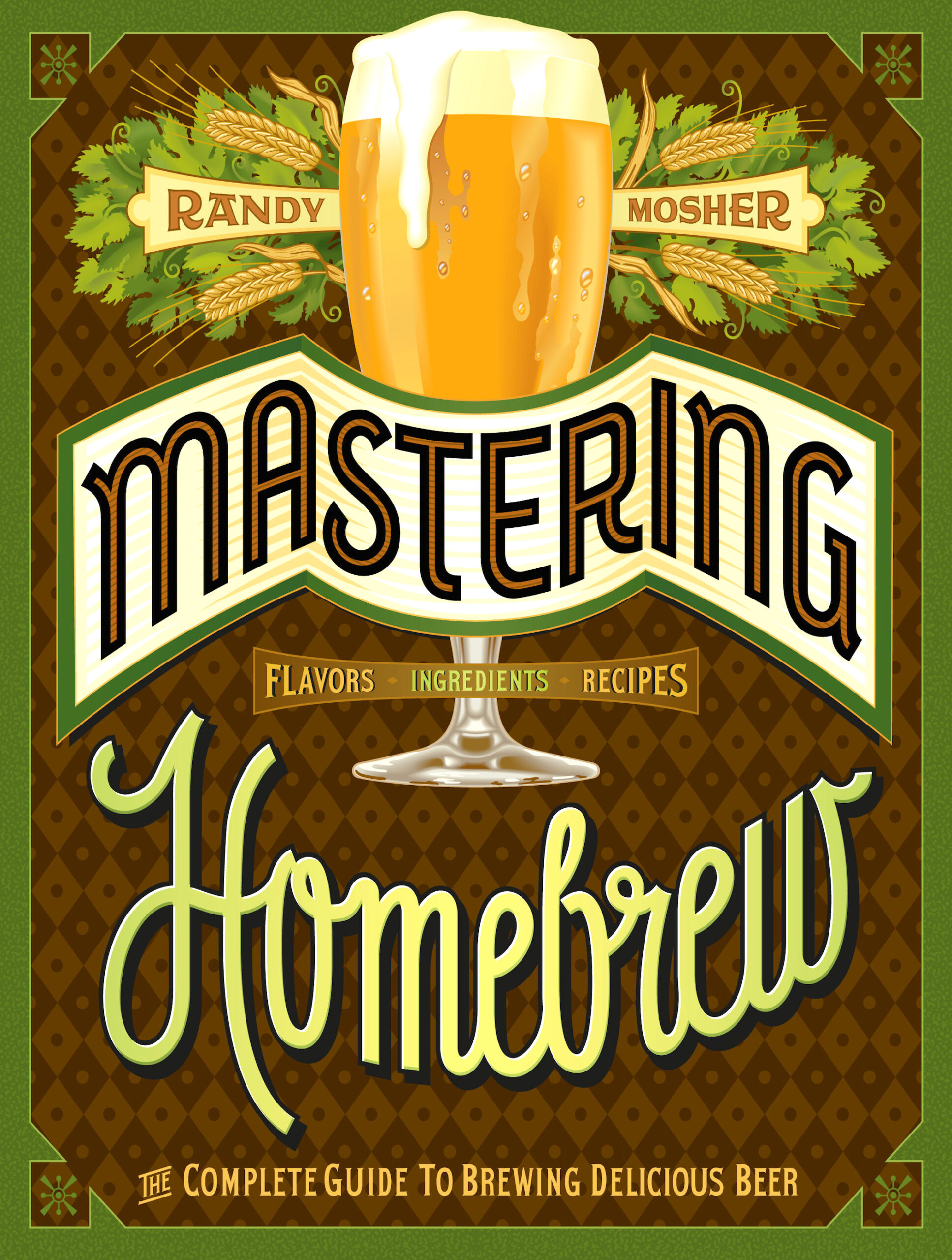Mastering Homebrew
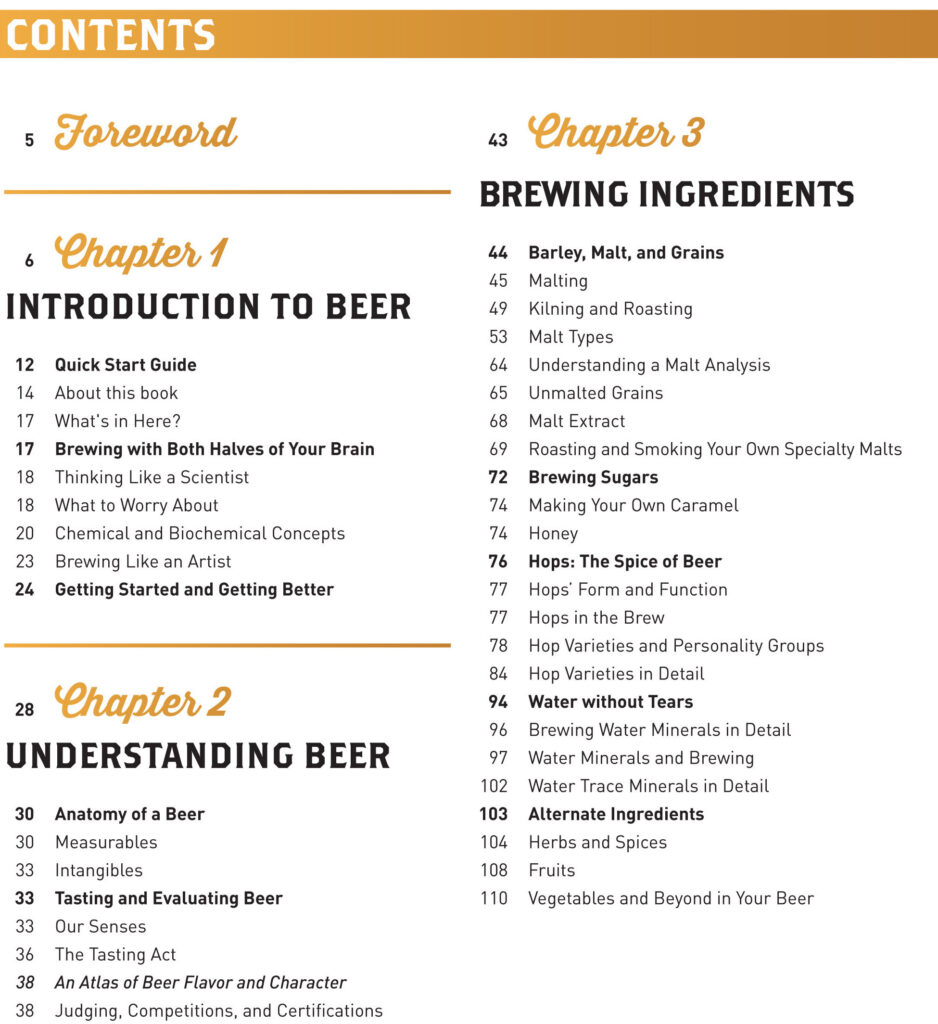
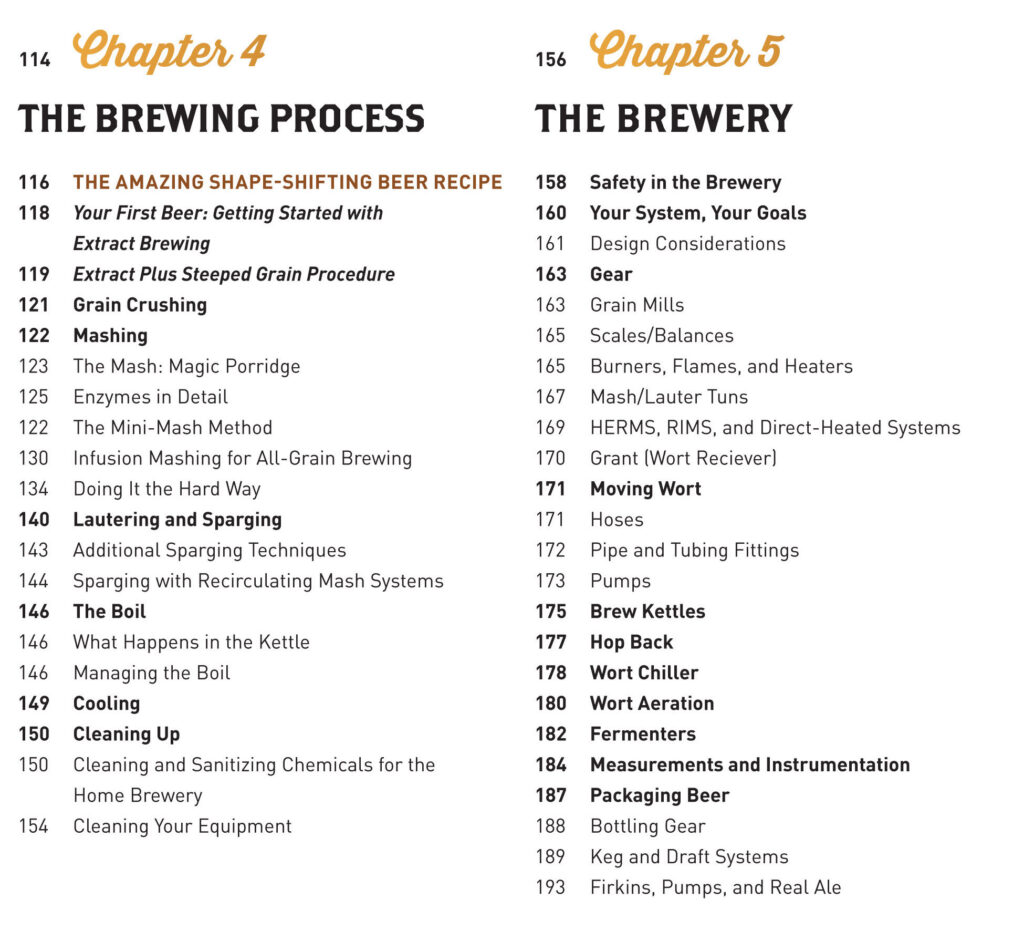
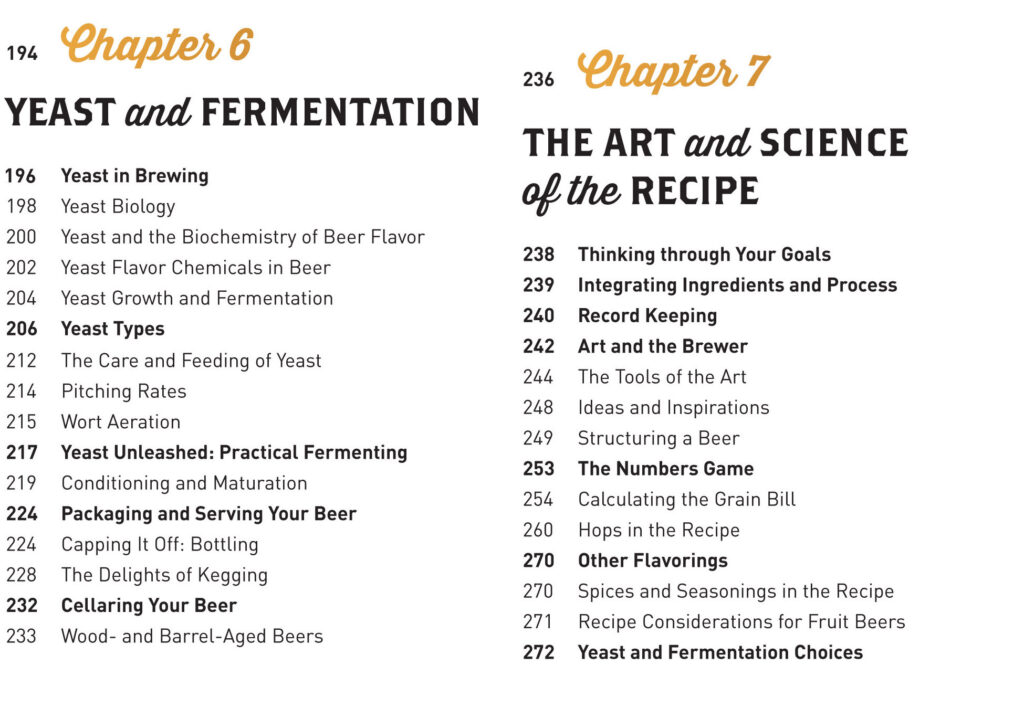
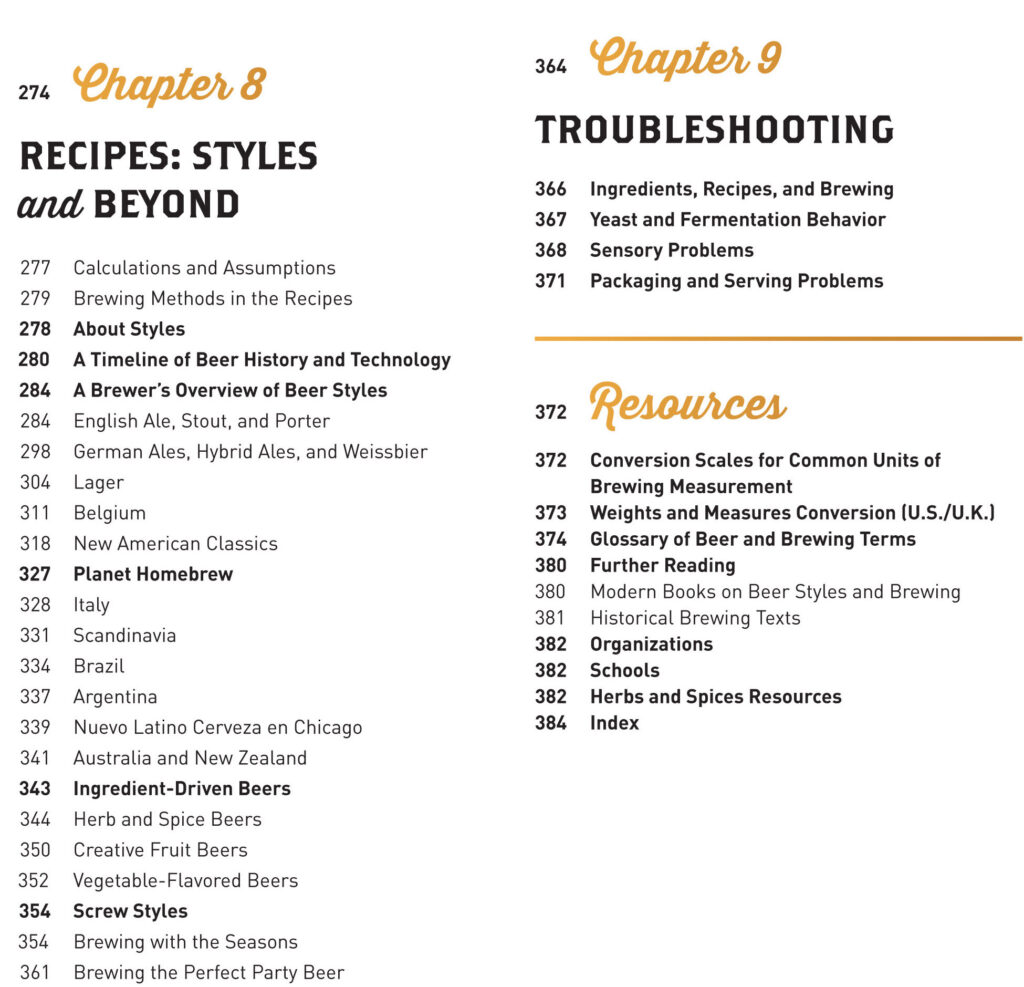
Foreword
By Jim Koch
Chairman and Cofounder, the Boston Beer Company
The People often ask, “What made the American Craft Beer Revolution happen?”
There’s an old saying, often attributed to President Kennedy, “Success has many fathers, and failure is an orphan.” In craft brewing, I think there’s no doubt that homebrewers are the “many fathers” of the explosion of craft brewing. Just about all the pioneering craft brewers started as homebrewers, myself included. Thirty years ago the American commercial beer landscape was a bland horizon of watered-down mass domestics and stale imports. The only way to get a flavorful beer was to brew it yourself. Back then, nobody thought American brewers were even capable of brewing great beer.
Certainly one individual who was a key catalyst to the homebrew revolution was President Jimmy Carter, who, bless him, legalized homebrewing in 1978. The homebrewers of the 1970s and 1980s were passionate and indefatigable. They faced an uphill struggle. Few homebrew clubs or stores existed. Ingredients were often hard to find. No Internet meant no chat rooms, websites, beer blogs, or easy resources for recipes. The available books about brewing were few and mostly focused on commercial brewing. As often as not, early homebrewers had to make it up as we went along. The challenges for homebrewers twenty-five years ago remind me of the challenges our Colonial era–brewing forebears endured. Samuel Adams and the other brewers of his day concocted recipes on the spot to make use of available, harvestable ingredients.
As the American beer landscape has expanded from about 50 breweries in the United States in 1984 to more than 2,000 breweries in 2012, people have often asked me to name the biggest competitors to Samuel Adams. From Day One, my standard answer has been the same. My biggest obstacles are ignorance and apathy. People who don’t know about beer and don’t care about beer.
Mastering Homebrew holds the promise of extinguishing this ignorance and apathy. No one who reads this book will come away unenlightened or
unenthusiastic. In the early years of the Boston Beer Company, I ran up against the long-held assumption that beer is a beverage of the masses that has none of the complexity and nobility of wine. Those days, mercifully, are behind us. Restaurateurs tell us that their beer list says as much about their establishments as their wine list. This is probably the best time in history to be a beer lover, and Randy Mosher is just the person to be our Pied Piper of good beer.
Today there’s a brave new world in homebrewing, and that world just got a whole lot better with the publication of this book. Randy has become a worthy literary heir to the late Michael Jackson, the Bard of Beer. Randy is a walking encyclopedia of beer and brewing, and his palate and taste are impeccable. One of Randy’s great gifts as a teacher is to communicate basic information in a way that is fascinating both to neophytes and experienced brewers.
If you’re standing in your kitchen right now holding this book, just about to start homebrewing for the first time, let me make a recommendation. Stop what you’re doing! Open your refrigerator and select a bottle of your favorite beer. Leave the kitchen. Sit down in your favorite chair. Open the beer. Open this book to chapter 1. Close your eyes and take a sip of your beer. To my mind, there is nothing like the first sip of my first beer of the day. Aaaah!
Now, this is how you start the process of homebrewing. Read, then drink, and then brew. I urge you to drink in this book and learn everything you can before you even start sterilizing your brewing equipment. It will make you thirsty, but it will make you a better brewer. This book will teach you the art and the science of brewing, the chemistry and the mystery, the sensations and the sensational.
Oh, how I wish I had had this book in 1984 when I brewed my first batch of Samuel Adams in my kitchen. The wallpaper might have survived. The beer would have been better, and I would have been better able to evaluate and appreciate my brew. This book might just be the only brewing book most homebrewers will ever need.
So, let me bid you bon voyage as you embark on the wonderful journey Randy has laid out for you.
Cheers!

Understanding the role of water minerals on beer can be a challenge. This helps make the broad points clearer. © 2015, Chronicle Books, San Francisco CA
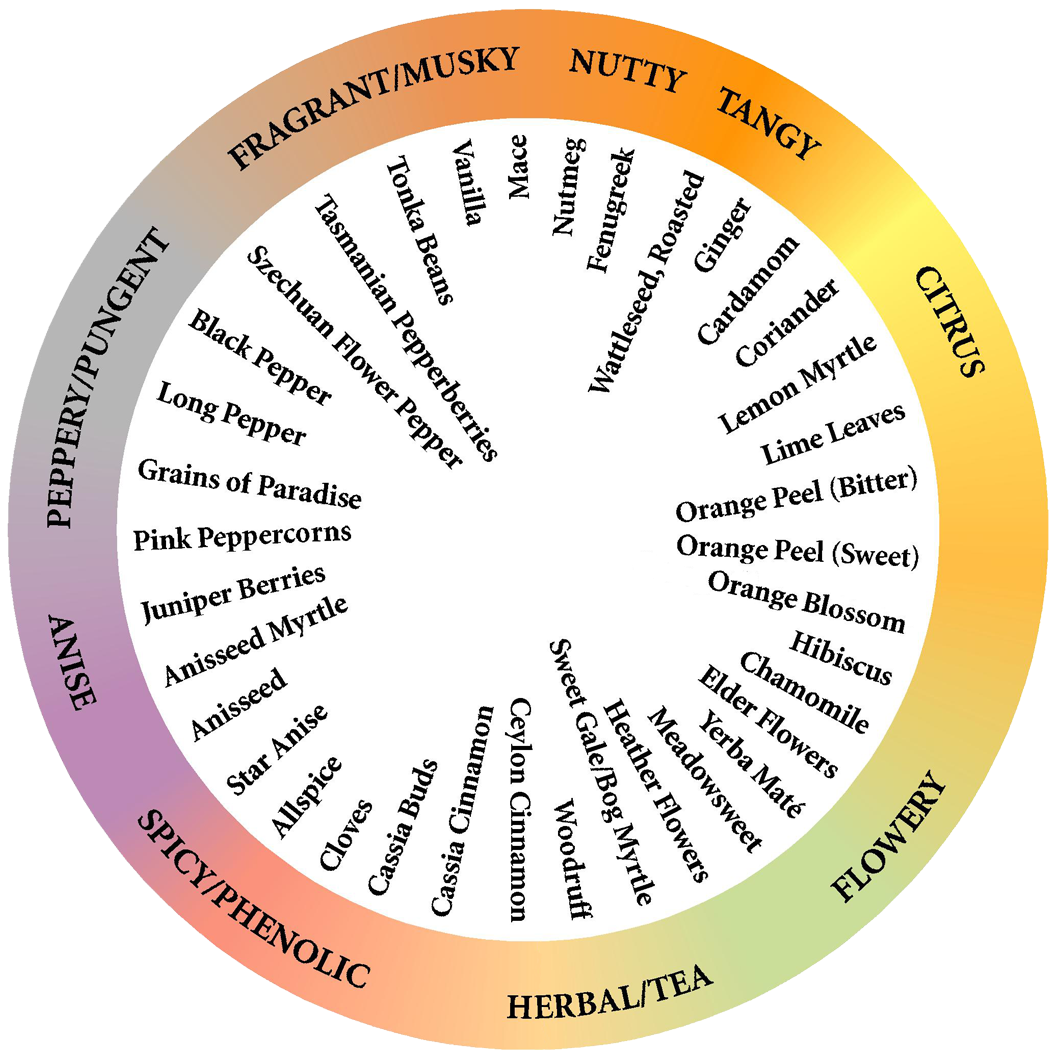
A flavor wheel for brewing spices of my own devising. ©2015, Chronicle Books, San Francisco CA
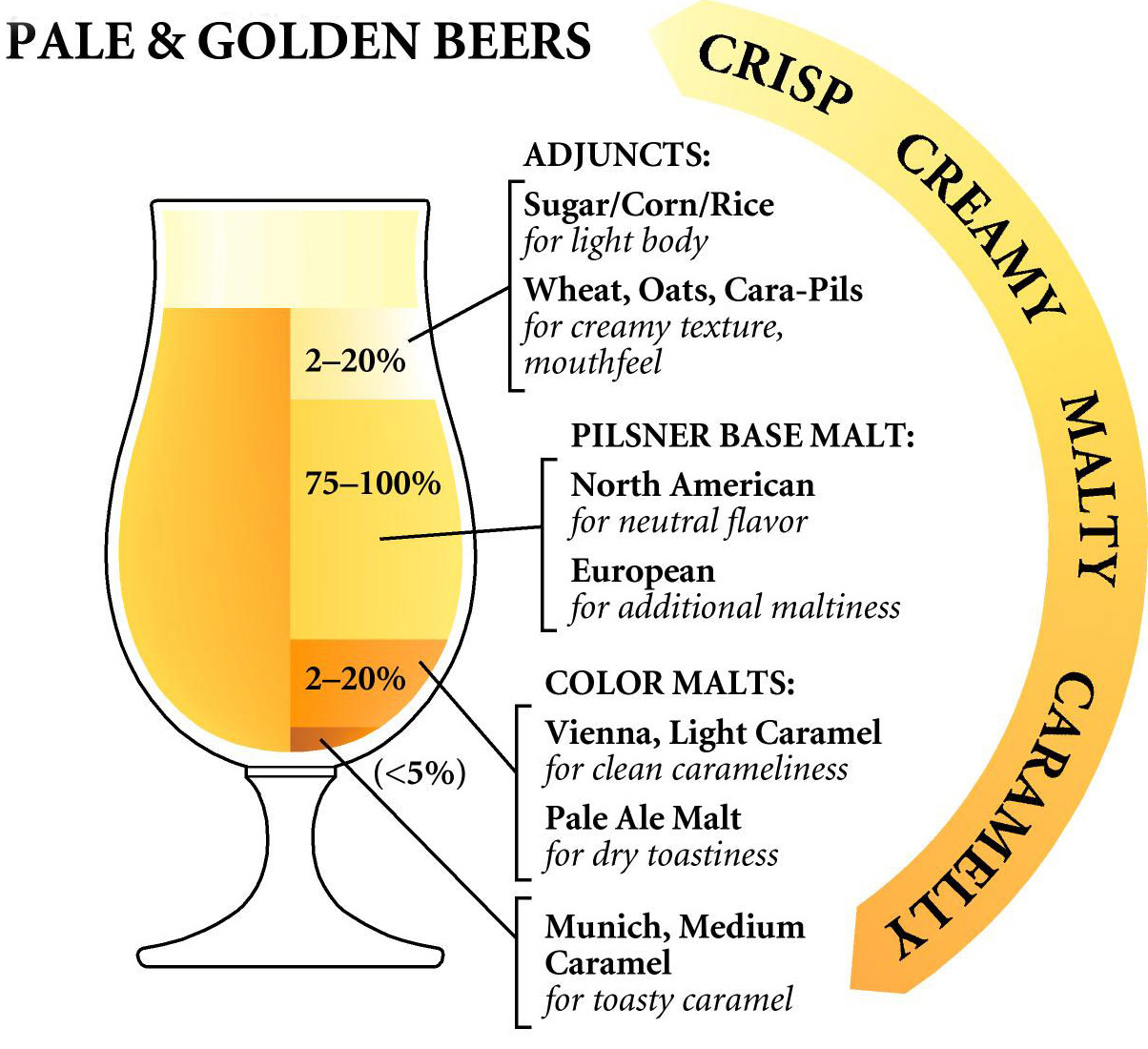
Recipe formulation is much easier to think about if you break the different grains into blocks of flavor. This one is obviously for golden beers. © 2015, Chronicle Books, San Francisco CA
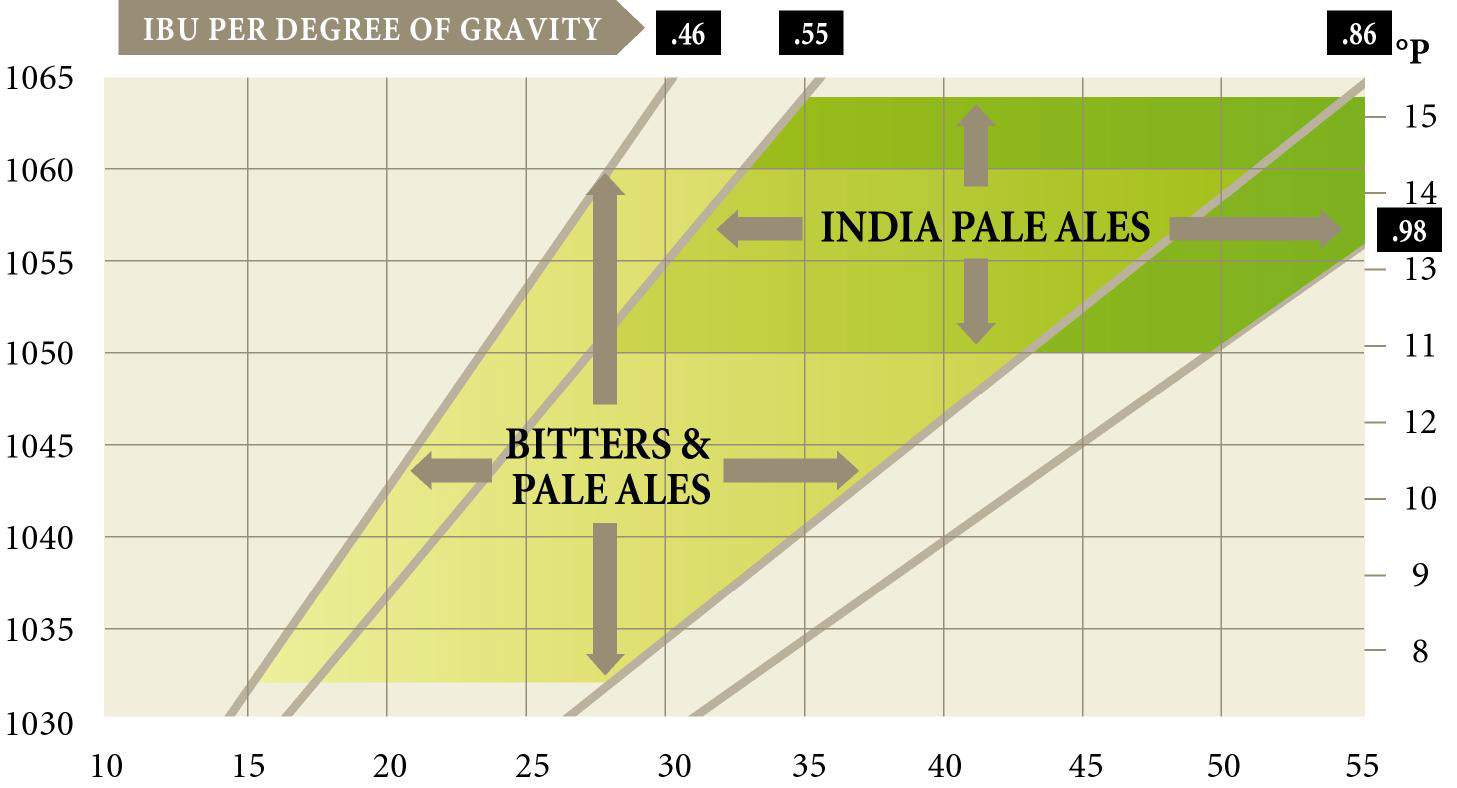
Styles snap into focus if you can lay them out graphically. This diagrams the relationships of two style families to bitterness and original gravity, the strength of the unfermented beer. © 2015, Chronicle Books, San Francisco CA

